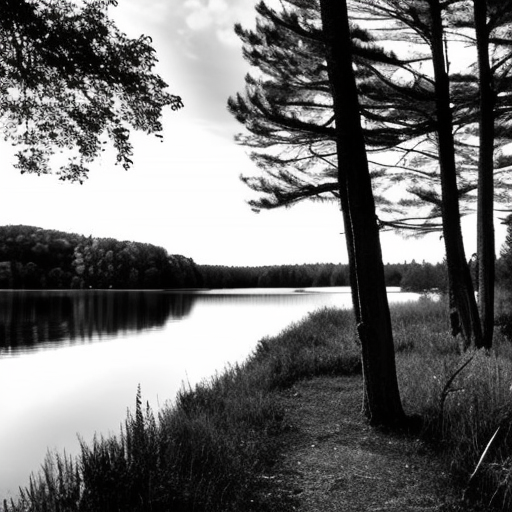In the late Renaissance and early Baroque eras, Italian composer Claudio Monteverdi used the terms “prima pratica” and “seconda pratica” to describe two distinct approaches to composing music. Primarily referencing his own style of composition, Monteverdi used these terms to reflect the differences between Renaissance-era and Baroque-era musical aesthetics. Generally speaking, prima pratica was characterized by Renaissance-era contrapuntal polyphony, where multiple independent voices played harmony together, while seconda pratica included more Baroque-era, homophonic melodies with strong bass lines.
Prima Pratica
Prima pratica was a style of composition typical of the Renaissance period. It was characterized by polyphonic music, which combined multiple independent voices working in harmony to create a mutually supportive melody. Closely related to the concept of counterpoint, prima pratica emphasized independent parts, allowing for great variety in the parts and allowing for individual voices to stand out and be heard. As opposed to the unified homophonic melody of seconda pratica, the polyphonic texture of prima pratica featured many voices each working independently. While these individual voices could be contrapuntal, meaning they interacted with each other to create a melody, each voice could also stand on its own as a soloist. Primarily used for sacred music, prima pratica was used to create complexity and variety within compositions.
Seconda Pratica
The counterpart to prima pratica, seconda pratica was a more modern style of composition that emerged during the Baroque period. As opposed to polyphonic music, seconda pratica was characterized by homophonic melodies featuring a strong bass line and a unified melody. This style of music was more accessible than prima pratica and featured simpler melodies that allowed for greater expressiveness. With the bass line providing a steady foundation, composers of this era could create more complex and interesting melodies. While seconda pratica was primarily used for secular music, it was also used for sacred music, as composers of the Baroque period sought to make their music more accessible.
Conclusion
Prima pratica and seconda pratica, two distinct styles of musical composition, were characterized by two distinct styles of music during the late Renaissance and early Baroque eras. Primarily used for sacred music, prima pratica was characterized by counterpoint and featured multiple independent voices. In contrast, seconda pratica was characterized by homophonic melodies with a unified melody and a strong bass line. Both of these styles were used by music composers of the time, and Monteverdi sought to separate himself from his peers by using prima and seconda pratica to distinguish his own style of composition.

